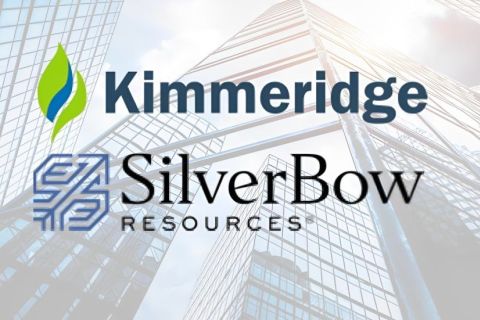An oddsmaker trying to predict the 2003 results for the offshore drilling industry has a tough job. There's a lot of opportunity and a lot of chances for disruption. Even GlobalSantaFe Corp.'s Jon A. Marshall, executive vice president and chief operating officer, won't make a strong commitment. Marshall reports a lot of conflicting signals. Asked about the income outlook for the offshore drilling industry, he says, "It's hard to say." The industry experienced some improvement in 2002, thanks to a strong international market, but work for semisubmersible rigs was skimpy in the Gulf of Mexico and the North Sea. Although the U.S. industry expected a good market for jackups last year, gas prices were stuck at an average $2.75 per thousand cubic feet (Mcf) through the first nine months of the year. By year-end when spot gas prices hit $4.59 per Mcf and the Nymex one-year forward strip took prices to $5, it was too late for drilling to respond for 2002, he says, but it forecasts a better drilling atmosphere for 2003 in the Gulf of Mexico. Oil prices were high most of 2002 and finished the year at $31.20 per barrel, but that wasn't enough to move activity for most rigs. Last year was a little different from most periods, Marshall says. Normally, rig rates for any spot in the world rise and fall at the same time. Last year, rates in the Gulf of Mexico plunged while rates in the rest of the world continued to rise. Operators blamed everything from low gas prices to a lack of viable drilling prospects. Now, U.S. and international rates are converging again as Gulf of Mexico rig rates rise and international rates decline. Ordinarily, the market equalizes as the underpaid rigs move to places in the world where they can command higher prices, but the stock market pays a premium to contractors with a presence in the Gulf of Mexico, and contractors are unwilling to give up that premium. The oil and gas industry food chain traditionally starts with high commodity prices, which lead to higher exploration and production spending, which leads to high rig utilization and higher rig-use prices or dayrates. Even though commodity prices have climbed, the other factors haven't yet kicked in. The utilization rate for Gulf of Mexico jackups sat around the 54% mark at the end of 2002, and dayrates won't take a substantial jump until the utilization rate approaches 85%. It will take awhile for utilization to reach 85%, he says. Another factor eating at drilling activity is the use of cash flow. Usually a substantial portion-sometimes more than 100%-of discretionary cash flow goes into drilling. Last year, acquisitions were unusually high, and some operators still are reducing debt from these acquisitions, he says. Still another factor is the contribution of independents. Salomon Smith Barney's survey of 136 independents found they plan to cut capital spending for exploration and development in the U.S. by 5.8% this year, to $16.2 billion. A good deal of the increase is by four players: El Paso, Williams, Unocal and Nexen. Among the remaining 132 independents, capital spending will rise an average 2.1% this year. -Don Lyle
Recommended Reading
1Q24 Dividends Declared in the Week of April 29
2024-05-03 - With earnings season in full swing, upstream and midstream companies are declaring quarterly dividends. Here is a selection of dividends announced in the past week.
Analyst Questions Kimmeridge’s Character, Ben Dell Responds
2024-05-02 - The analyst said that “they don’t seem to be particularly good actors.” Ben Dell, Kimmeridge Energy Partners managing partner, told Hart Energy that “our reputation is unparalleled.”
Tellurian Reports Driftwood LNG Progress Amid Low NatGas Production
2024-05-02 - Tellurian’s Driftwood LNG received an extension through 2029 with authorization from the Federal Energy Regulatory Commission and the U.S. Army Corps of Engineers.
Zeta Energy Appoints Michael Everett as COO
2024-05-02 - Prior to joining Zeta Energy, a lithium-sulfur battery developer, Michael Everett previously served as president and COO at Advanced Battery Concepts.
Shell Launches $3.5 Billion Share Buyback Program
2024-05-02 - Shell, which posted first-quarter adjusted earnings of $7.7 billion, will cancel all of the shares it buys.





